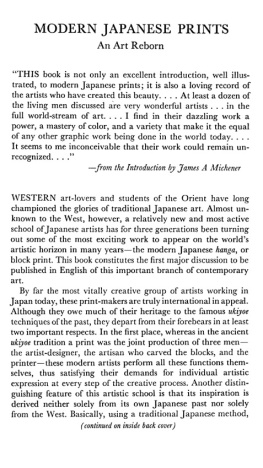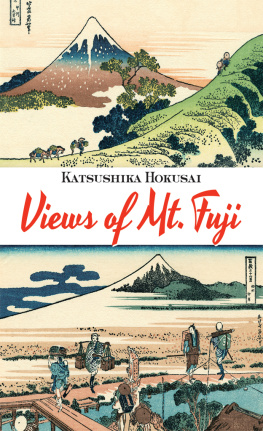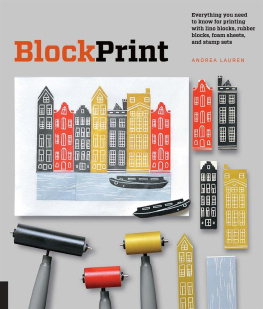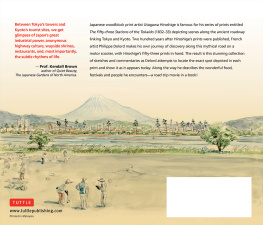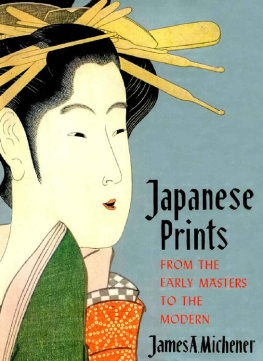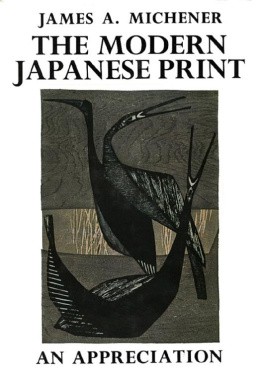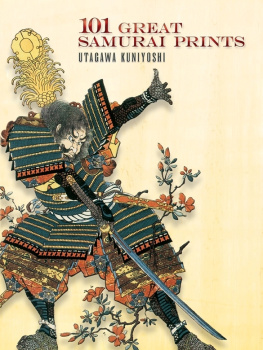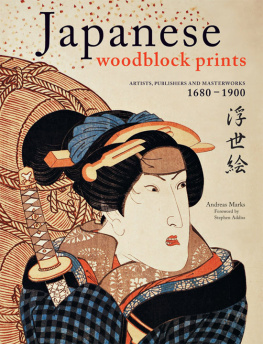Oliver Statler - Modern Japanese Prints--Statler
Here you can read online Oliver Statler - Modern Japanese Prints--Statler full text of the book (entire story) in english for free. Download pdf and epub, get meaning, cover and reviews about this ebook. year: 2012, publisher: Tuttle Publishing, genre: Detective and thriller. Description of the work, (preface) as well as reviews are available. Best literature library LitArk.com created for fans of good reading and offers a wide selection of genres:
Romance novel
Science fiction
Adventure
Detective
Science
History
Home and family
Prose
Art
Politics
Computer
Non-fiction
Religion
Business
Children
Humor
Choose a favorite category and find really read worthwhile books. Enjoy immersion in the world of imagination, feel the emotions of the characters or learn something new for yourself, make an fascinating discovery.
- Book:Modern Japanese Prints--Statler
- Author:
- Publisher:Tuttle Publishing
- Genre:
- Year:2012
- Rating:3 / 5
- Favourites:Add to favourites
- Your mark:
Modern Japanese Prints--Statler: summary, description and annotation
We offer to read an annotation, description, summary or preface (depends on what the author of the book "Modern Japanese Prints--Statler" wrote himself). If you haven't found the necessary information about the book — write in the comments, we will try to find it.
Featuring over 100 unique prints, Modern Japanese Prints is a testament to the continuity of Japanese art and creativity.
By far the most vitally creative group of artists working in Japan today, modern print-makers are truly international in appeal. Although they owe much of their heritage to the famous ukiyoe techniques of the past, they depart from their forebears in at least two important respects. In the first place, whereas in the ancient ukiyoe tradition a print was the joint production of three men the artist-designer, the artisan who carved the blocks, and the printerthese modern artists perform all these functions themselves, thus satisfying their demands for individual artistic expression at every step of the creative process. Another distinguishing feature of this artistic school is that its inspiration is derived neither solely from its own Japanese past nor solely from the West.
This book carefully traces the history of the modern print movement through detailed discussions of the life and work of twenty-nine of its most noteworthy and representative artists. It describes vicissitudes which the movement has undergone and the high artistic ideals which have motivated its members in spite of public apathy and the hostility of the traditionalists.
Oliver Statler: author's other books
Who wrote Modern Japanese Prints--Statler? Find out the surname, the name of the author of the book and a list of all author's works by series.



